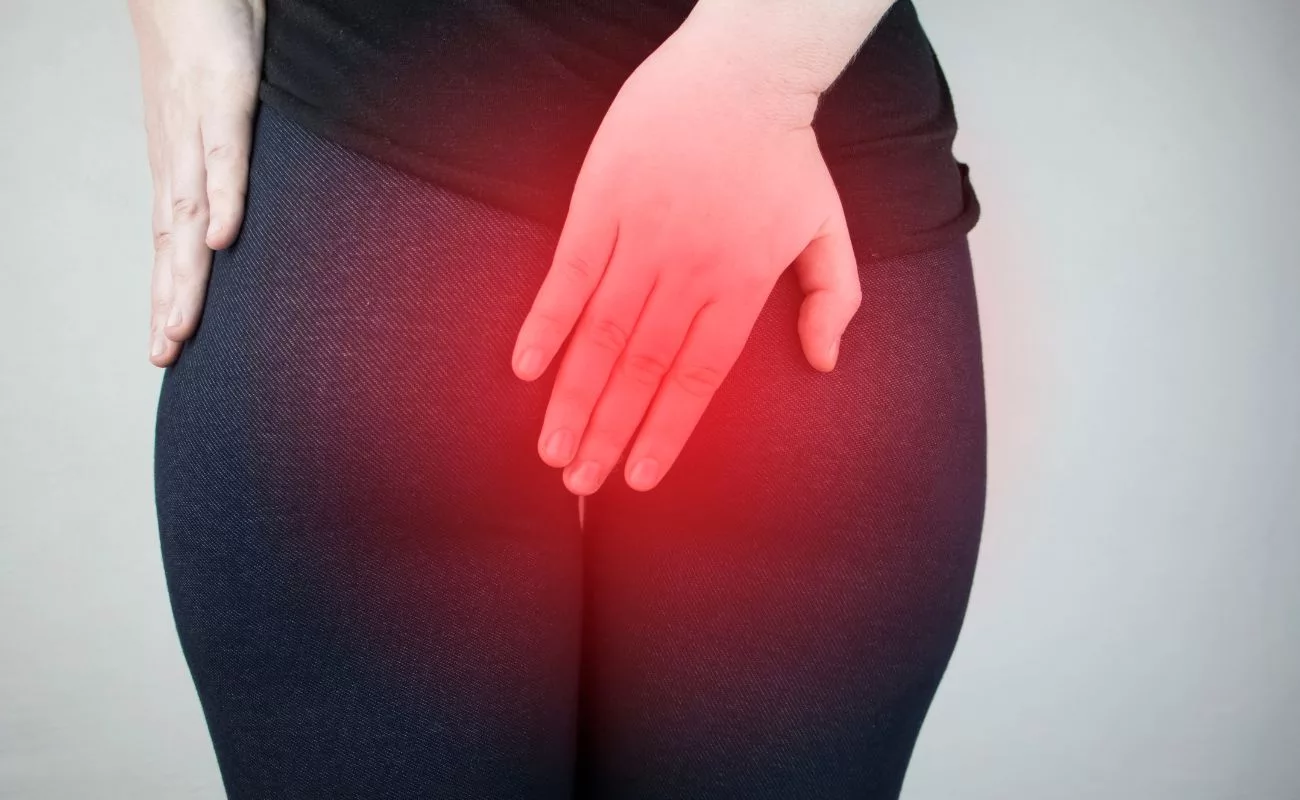
sensitve nervous system and Physiotherapy
Some of the techniques used in Physiotherapy for sensitive nervous system and to restore movement are
YIN Yoga
QI Gong Exercises
Remapping exercises
Tai Chi
Feldenkrais exercises,
Franklin exercises
QI Gong exercises
Increases Descending Inhibition
• Increases Inhibition in the Sensori-Motor Cortex
• Rotary: Multi-planar
• Gentle, within painfree range
• Novel movement
• Evokes the Relaxation Response
Qi Gong- CNS focused
• Goal (the why behind the what): to address active tension in the muscles (pain on palpation- tension myalgia)
• Yin Yoga
• Focused on lengthening connective tissues and passive structures
• Focuses on creating stillness in the CNS
• Goal (the why behind the what): to address passive tension in the muscles (stiffness)
Tai Chi
YIN yoga, nervous system and physiotherapy
• YIN is the opposite of Yang. Yang encompasses all hatha based yoga practices including Bikram,
Moksha, Power yoga, Vinyasa yoga, Flow yoga, Iyengar Yoga and Ashtanga yoga to name a few
• YIN is yoga for the connective tissue, ligaments, bones and joints rather than the muscles.
In YIN the postures are specifically designed to target the CT. For that reason, the names are different, so
that a YANG practitioner does not associate a posture that may LOOK similar but has a completely
different purpose in the YIN practice.
• YIN teaches us stillness, patience and acceptance. Yang strives to accomplish something
• YIN specifically targets the area of hips, pelvis and lower spine.
• YIN uses NO muscular engagement. Yang engages the muscular system
• YIN yoga lets go of striving, using props to relax the muscular system
YIN encompasses long held, static stresses of the deep connective tissues allowing them to be remodeled.
In each posture, the CT is either stretched, compressed or sheared/twisted.
Connective tissue is very plastic in nature and requires long holds for any stretch to occur.
To stretch connective tissue, the overlying muscles must be relaxed. If the muscles are tense, the
connective tissue won’t receive the proper stress.
When those muscles are completely inactive and quiet, there will be no talking, fidgeting or distractions
YIN is NOT Restorative yoga which is a comfortable, passive practice
• YIN rides the edge of “discomfort” to challenge the fascia and connective tissue allowing the connective tissue
time to marinate in the posture and eventually change in shape.
It can be quite challenging due to the long duration of the postures. It is not a practice that is meant
to be ‘comfortable.’ Ultimately the practice will allow for a balance between striving and letting go.
It is an invitation to listen to the body.
• The “Edge” should never exceed a 4/10. The sensation should NEVER be classified as “pain”
The 3 principles of Yin Yoga:
1. Come into the pose to an appropriate depth
2. Resolve to remain still
The stillness occurs in THREE layers (always in this order):
Stillness of breath
Stillness of body
Stillness of mind
2. Hold the pose for time
FOUR FACES OF THE HIP
FIVE INITIAL ASSESSMENT POSTURES:
Childs, Standing Forward Fold, Sit on the Floor, Figure Four, Squat
Patient who would benefit from a YIN Yoga practice:
• Patients who can sit and lie on the floor with relative ease
• Internal and/or external connective tissue dysfunction is a hallmark part of your patient¹s
presentation- ie. Vestibulodynia, chronic prostatitis, bladder pain syndrome
• Patients who require a stillness practice and find complete stillness difficult
• Poor flexibility around the hips, low back and groin
• Athletes
• Patient has an interest in pursuing a gentle yoga practice that will bring about significant results
Patient who would NOT benefit from a YIN Yoga practice:
• Any patient that cannot sit on the floor easily, or struggles to sit on the floor for more than a few
minutes. (Some exceptions to this)
• Patients who do not have good pain control or are hyper vigilant about any sensation that might
cause pain- this is a slightly uncomfortable practice
• Patients who do not demonstrate a willingness to nudge the edge of pain
• Patients whose religious beliefs do not align with the practice of Yoga
YIN yoga cultivates conscious breathing which downregulates the sympathetic nervous system (SNS) and upregulates the parasympathetic nervous system (PNS).
When patients are in chronic pain, the SNS (fight or flight system) is in constant overdrive.
With conscious breathing the PNS (rest and digest) is turned on, letting the muscles relax which puts the body into a state of calm and healing.
Determine peripheral and central mediators of pain includes measures: PCS, TKS, CSI, DASS, PANAS
Appropriate Musculoskeletal evaluation. So for sensitive nervous system physiotherapy plays an important role.




